How Nature Creates Uncannily Spherical Boulders
There’s a geological phenomenon behind exceptionally round rocks.
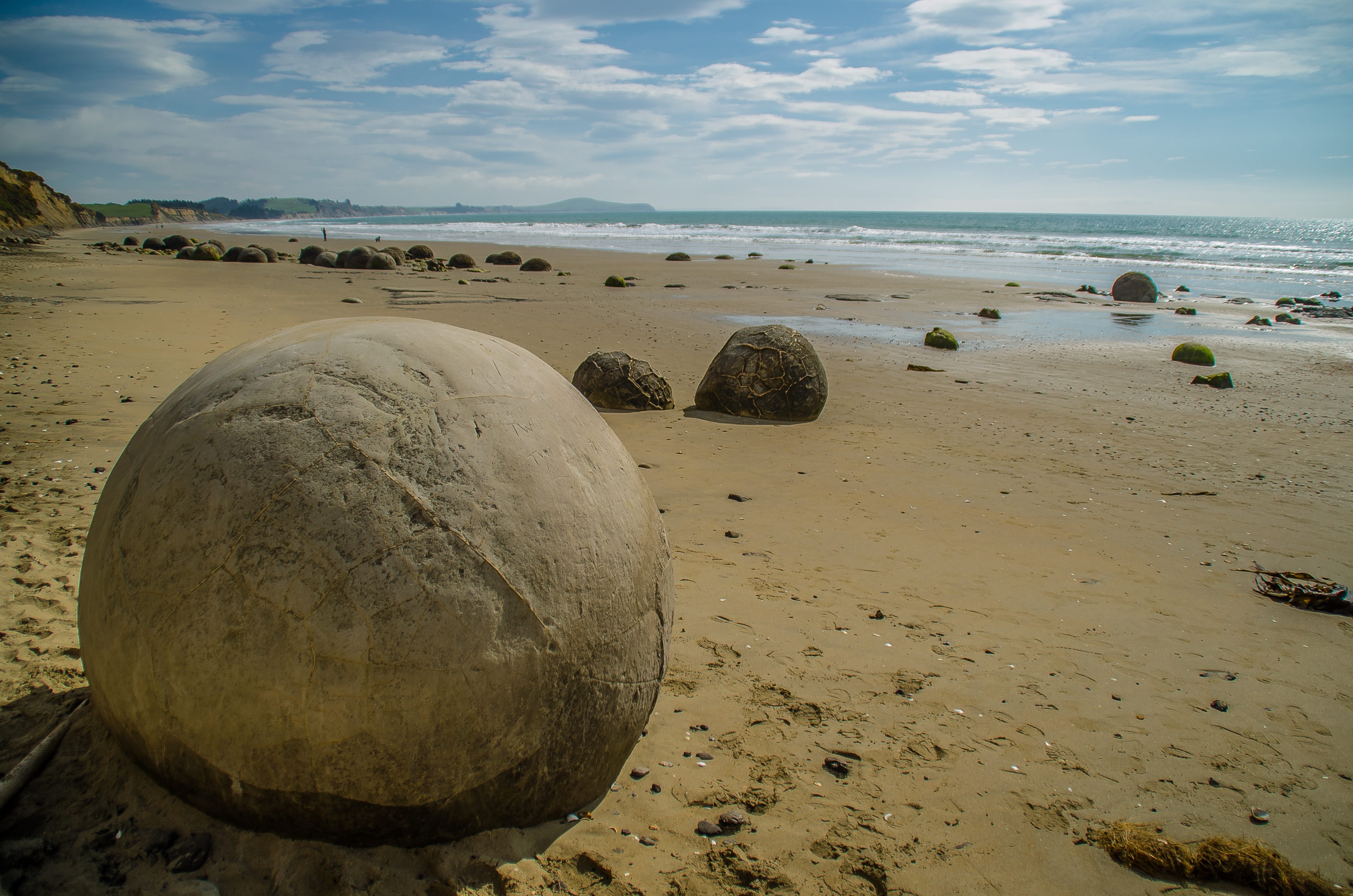
Large boulders shaped like nearly perfect spheres can be found in a handful of places around the world. Perched amid craggy, sandy landscapes, these curious orbs have been confounding onlookers for centuries. Some are so superbly round they appear to defy nature, which has led to wild speculation as to their origins: Ancient gods? Alien eggs? Evidence of giants?
In fact, spherical boulders are molded over millions or even billions of years by a natural but long-misunderstood geological phenomenon called concretion. The concretion process occurs when sediment that has not yet hardened into rock accumulates around some sort of hard nucleus, such as a fossil or shell, and then binds together with a cementing mineral such as calcite. A natural concrete then forms in the space between sediment grains, banding the layers of sand together around the core, often in a spherical shape.
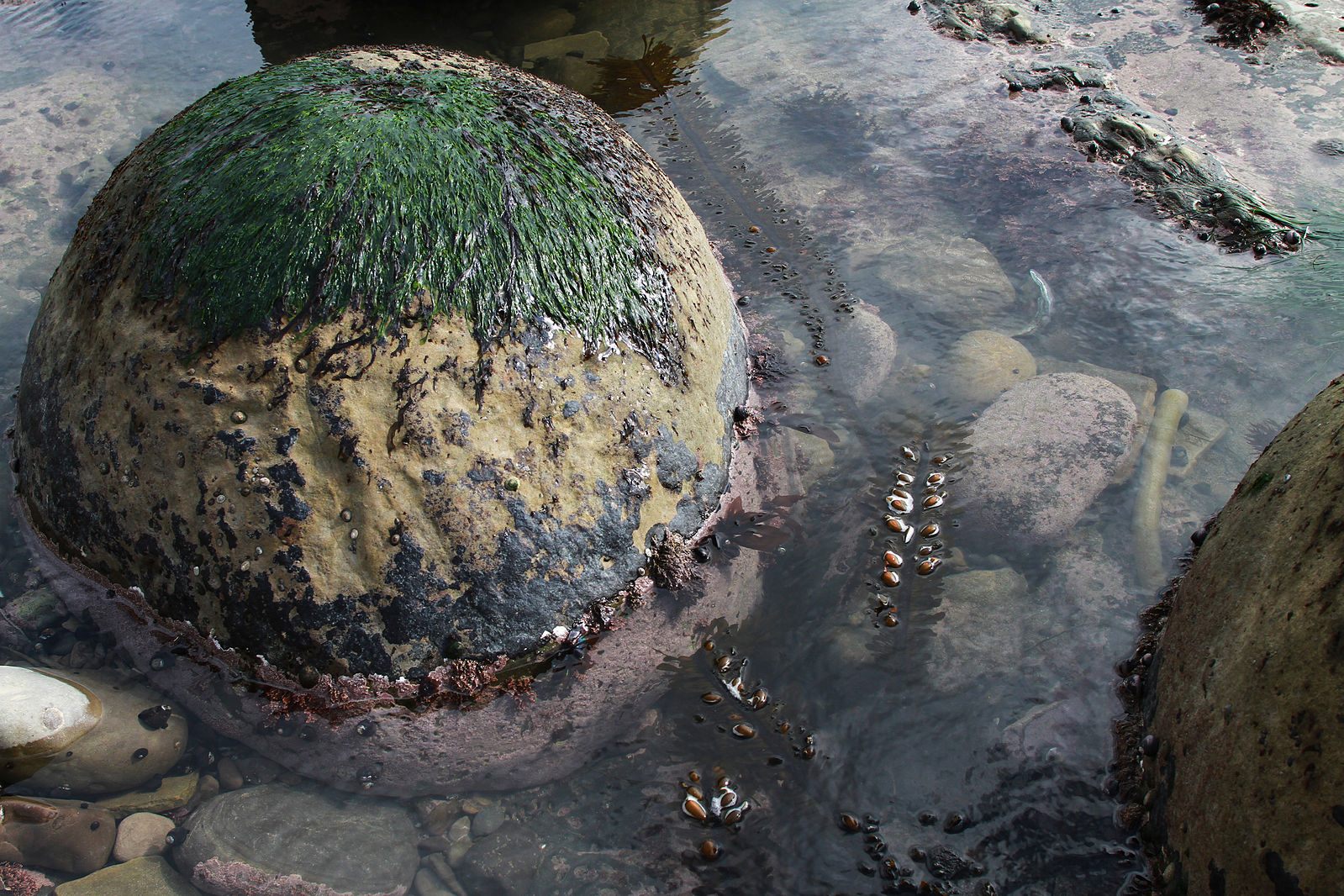
These balls of bounded sediment can later become embedded in a rock of a different composition, such as sandstone or shale. But since the cemented material is often harder and more resistant to weathering than the host rock, over millions of years the surrounding rock is eroded away, leaving just the concretion exposed, standing on its own like an otherworldly orb.
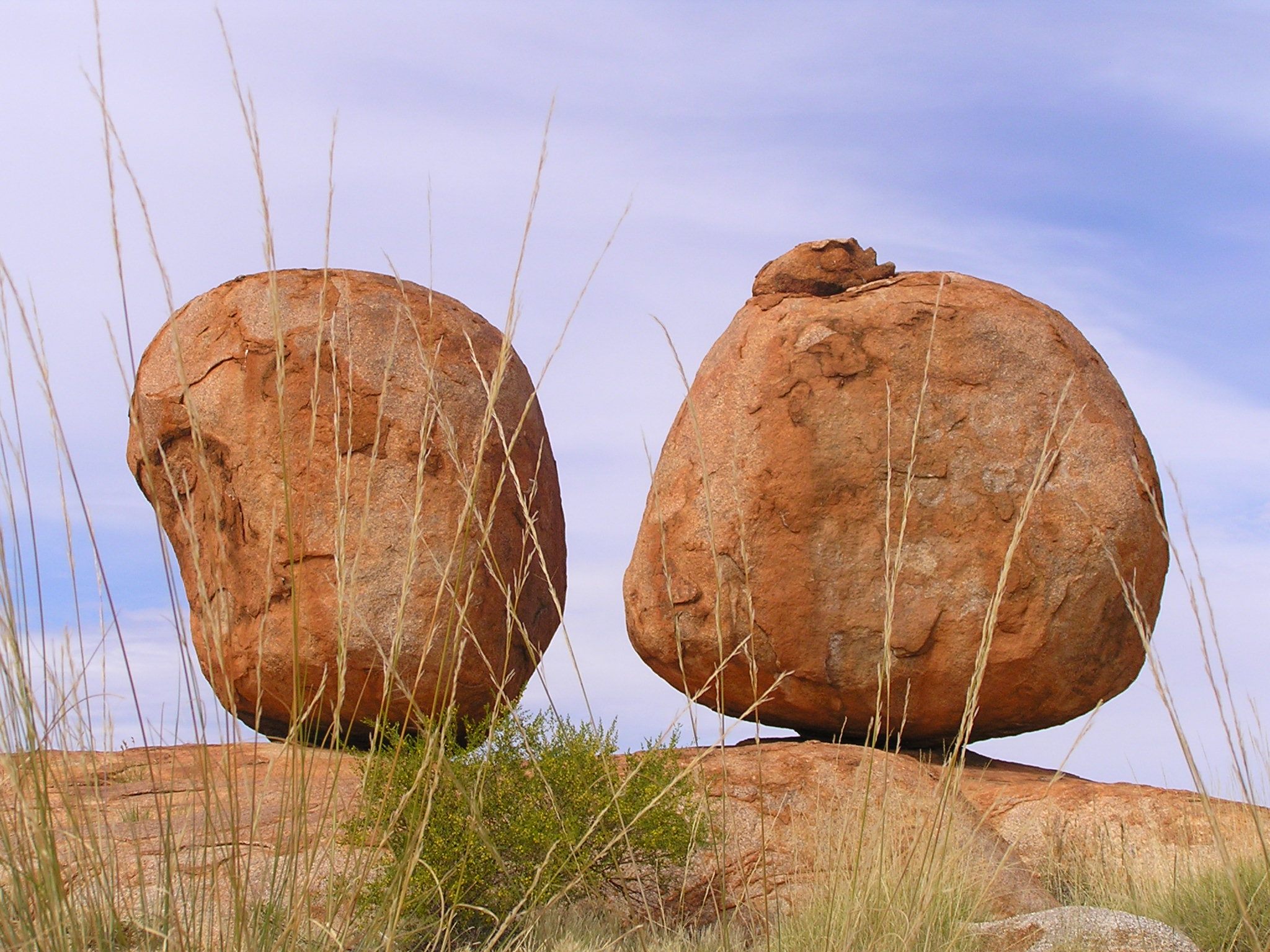
Naturally occurring balls of rock can vary drastically in size. In the “Valley of Balls,” or Torysh Valley in western Kazakhstan, a stretch of semi-desert landscape is covered in concretions ranging from tiny marbles to huge boulders nearly the size of a car. The larger concretions still originate with a small nucleus such as a shell, leaf, fossil, or marine skeleton. But if conditions are just right, the binding phenomenon can occur for extra-long periods of time, resulting in giant spheres sometimes called “cannonball concretions.”
Some of the biggest examples can be found at Rock City, part of a Kansas state park featuring nearly 200 large sandstone concretions (claimed to be the largest such collection on Earth). Here, the roughly spherical boulders have grown to nearly 30 feet across.
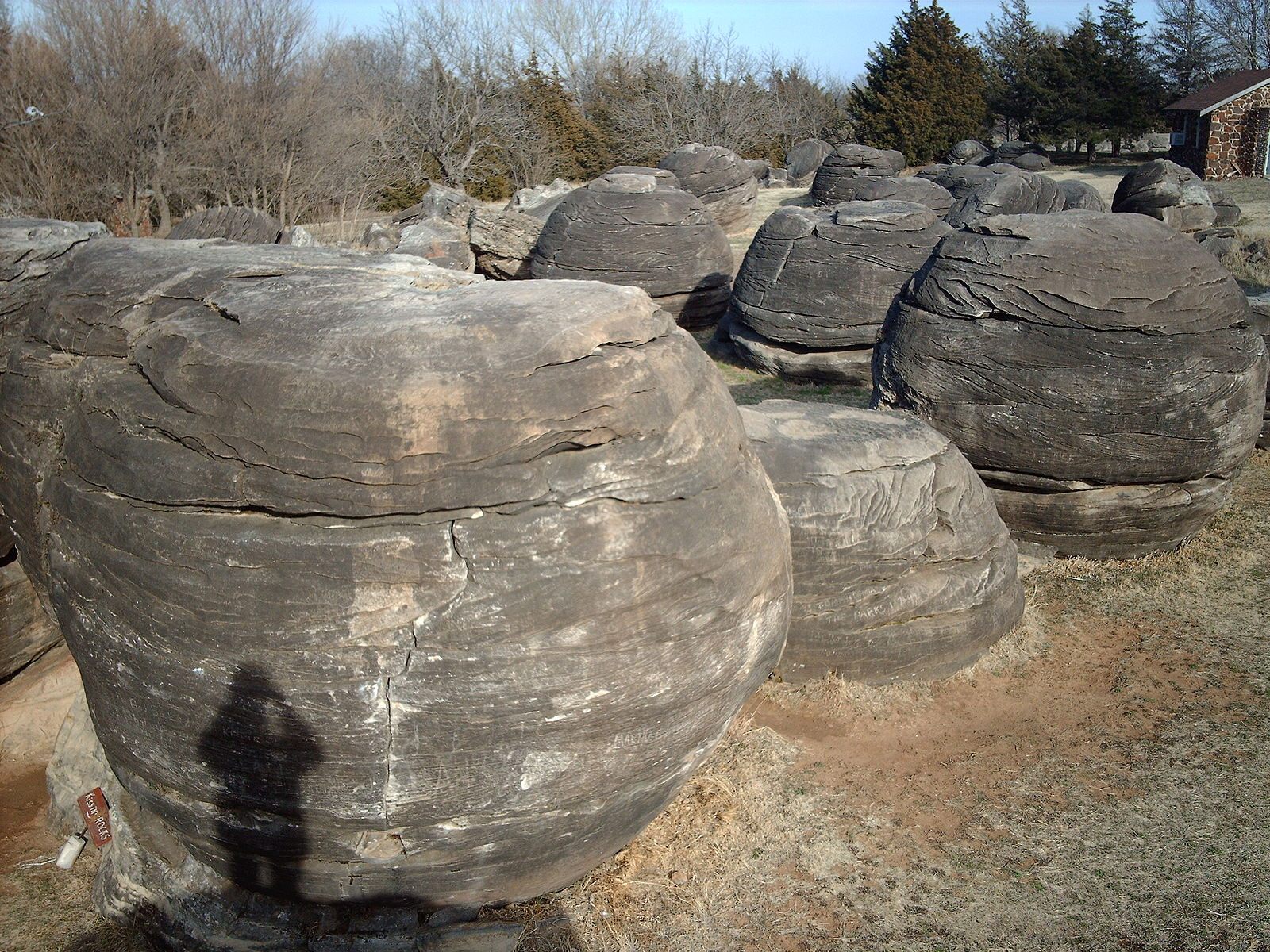
Before geologists understood the concretion phenomenon, these remarkably round rocks led to a number of theories and legends across different cultures. According to local Maori lore, the Moeraki Boulders on the Otago Coast of New Zealand’s South Island are the remains of a legendary shipwreck long ago. As the story goes, a canoe called the Arai-Te-Uru wrecked on the shore after returning from a voyage to a mythical land to collect potatoes and gourds, and the baskets of goods magically turned into boulders gathered at the shore.

In the Australian Outback, a crop of iconic concretions known as the Devils Marbles, or Karlu Karlu (which literally translates to “round boulders”), are connected to a variety of ancient legends, and they hold great spiritual significance for many of the Aboriginal peoples. Many of these stories are passed down through generations and said to be kept secret from non-Aboriginal visitors.
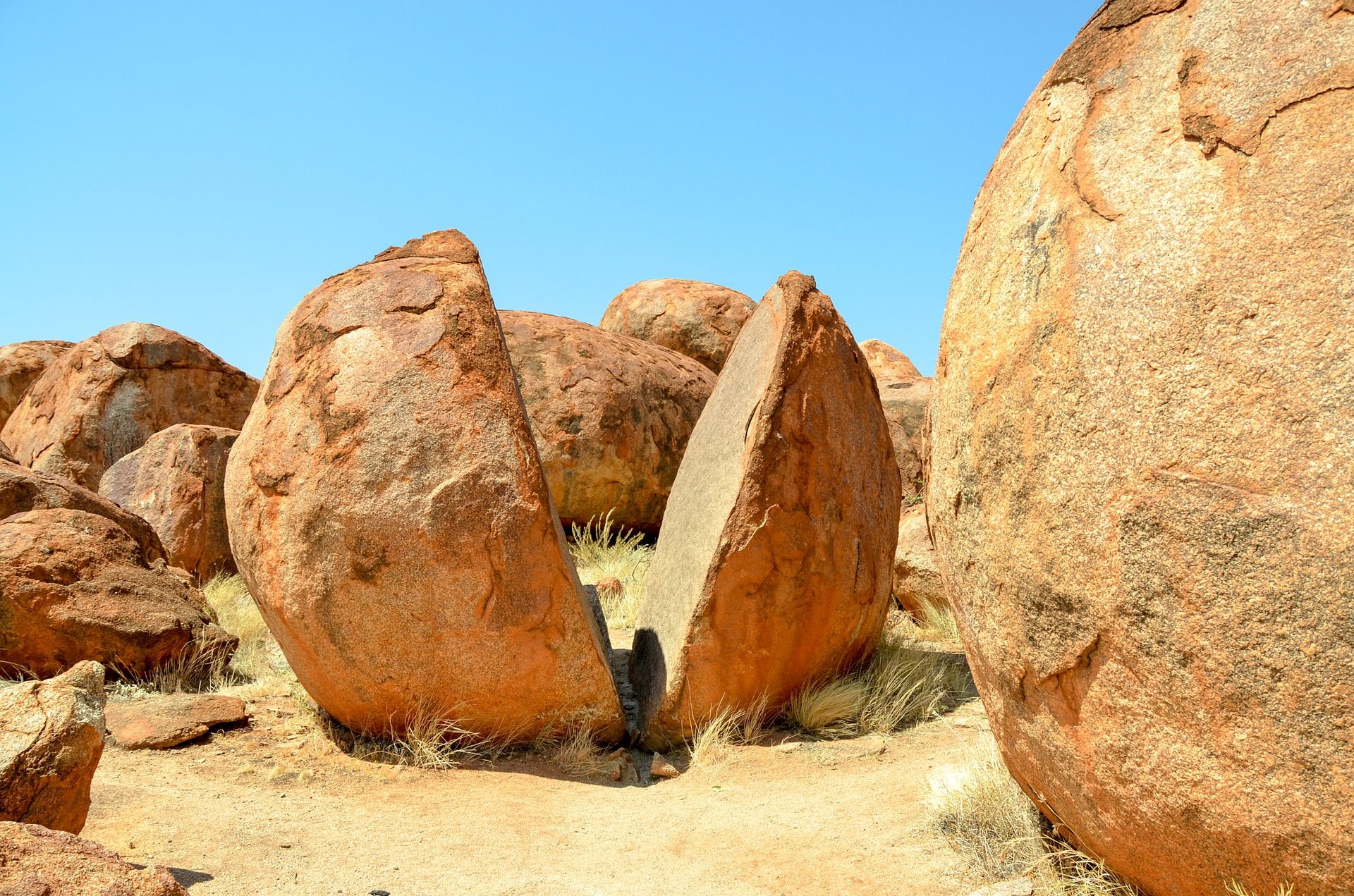
Mysterious rock balls have unsurprisingly inspired more than one alien conspiracy theory over the years as well. The rare geologic makeup of the tiny, extremely hard, 3 billion-year-old Klerksdorp Spheres found in South Africa led some to claim they must be products of another planet, perhaps even proof of ancient aliens. The truth, though lacking spiritual magic or extraterrestrial life, is no less delightful. These natural spheres are very much an Earthly wonder, just another trick up Mother Nature’s sleeve.




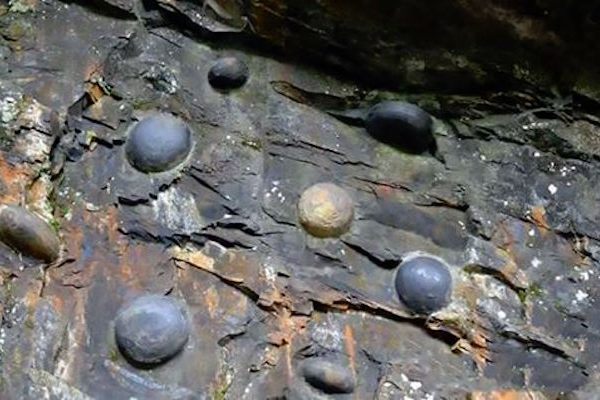

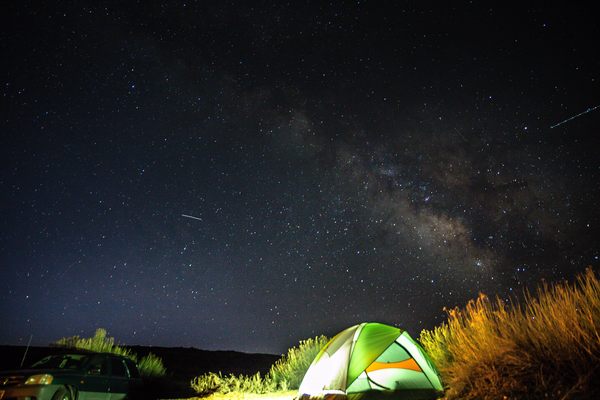
























Follow us on Twitter to get the latest on the world's hidden wonders.
Like us on Facebook to get the latest on the world's hidden wonders.
Follow us on Twitter Like us on Facebook